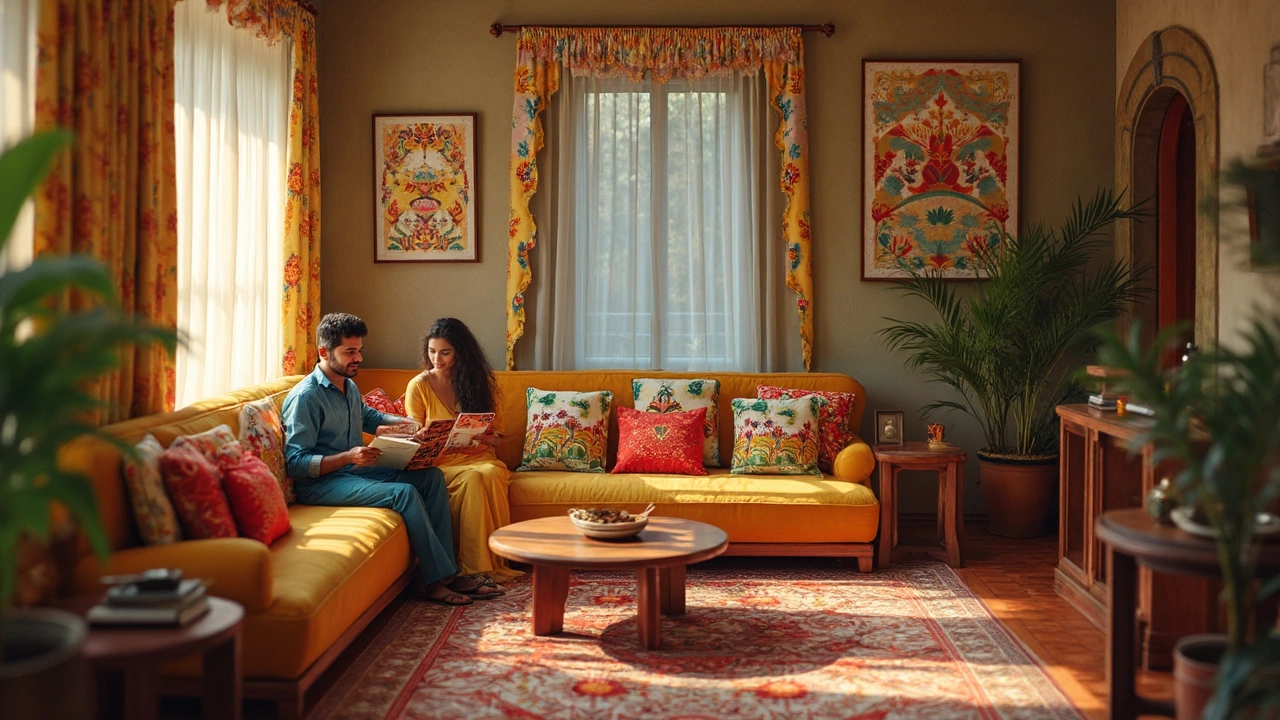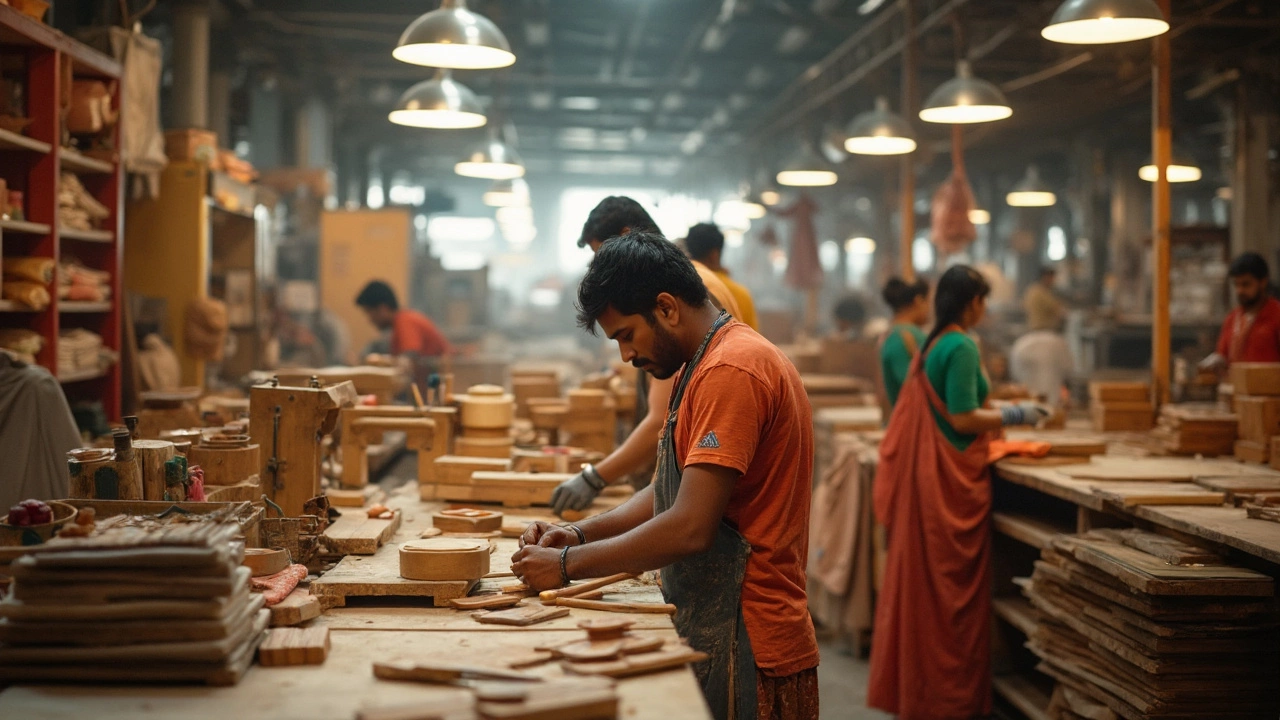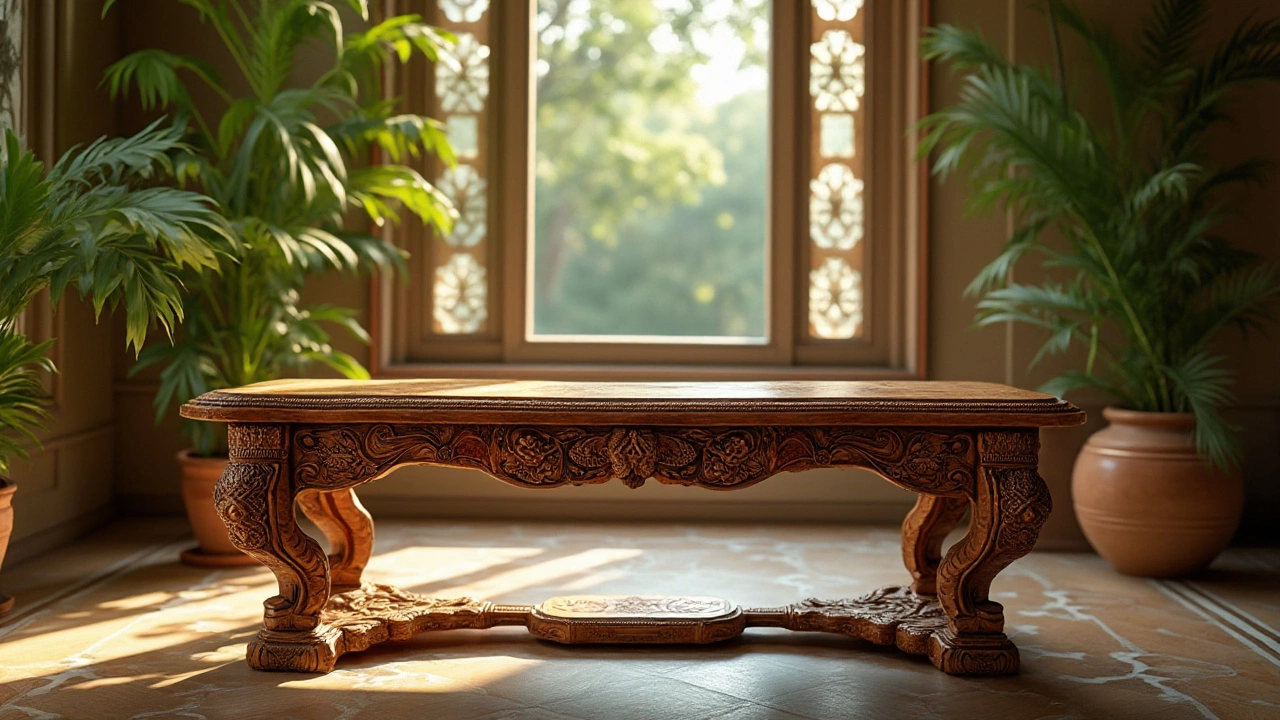Furniture Manufacturers: How to Pick the Right Partner
Looking for a furniture maker can feel overwhelming. Do you go with a big brand, a local workshop, or an overseas factory? The right choice depends on what you need, how much you can spend, and how fast you want the product. Below we break down the most useful things to check, and point out the regions that dominate the market.
Key Factors When Choosing a Furniture Manufacturer
First, ask yourself what type of furniture you’re after. If you need custom designs, a smaller workshop that works hand‑in‑hand with you will be more flexible. For large‑volume orders, a factory with automated lines can give you lower prices and consistent quality.
Second, look at the materials they use. In India, the best woods for sturdy furniture are teak, sheesham, and mango. Manufacturers that source these locally can keep costs down and guarantee a genuine look. Ask for a material sheet – it should list the species, grade, and any treatment applied.
Third, check certifications and quality checks. ISO 9001, FSC for wood, and any local safety standards are good signs that the factory takes quality seriously. If you can, visit the plant or ask for a video tour. Seeing the cutting, drying, and assembly lines helps you verify the process.
Fourth, compare lead times and minimum order quantities (MOQs). Some overseas producers in China or Vietnam may require orders of a few thousand units, while Indian makers often accept smaller batches. Think about your inventory plan – you don’t want to be stuck with excess stock or delayed shipments.
Finally, request samples. A polished chair or a kitchen cabinet sample will reveal the finish, joint strength, and overall feel. If the sample meets your expectations, you can move forward with confidence.
Top Furniture Manufacturing Hubs Around the World
China still leads the global furniture race. Cheap labor, massive factories, and a full supply chain mean they can churn out everything from cheap plastic chairs to high‑end solid‑wood pieces. If price is your main driver, Chinese manufacturers are worth a look.
India is fast becoming a hotspot for both traditional and modern designs. Companies like IKEA are setting up local sourcing networks, which means more Indian manufacturers are upgrading their tools and design capabilities. Look for manufacturers in states like Punjab, Haryana, and Tamil Nadu – they have a strong tradition of woodworking and easy access to quality timber.
Vietnam and Indonesia are also gaining traction, especially for eco‑friendly and sustainably sourced furniture. Their factories often blend skilled handwork with modern machinery, giving a good balance of quality and cost.
In Europe, Italy and Poland are famous for premium upholstery and design‑forward pieces. If you target a luxury market, a partnership with an Italian maker can add a “Made in Italy” badge that resonates with high‑end buyers.
When you narrow down a shortlist, compare each supplier using a simple scorecard: material quality, certifications, lead time, MOQ, price, and communication responsiveness. A quick spreadsheet can reveal the best overall fit.
Bottom line: start by defining your product, budget, and timeline. Then match those needs with a manufacturer that checks the right boxes for material, quality, and scale. With a clear scorecard and a few sample orders, you’ll find a partner that helps you bring great furniture to market without surprise headaches.

India's Largest Furniture Brand: Where Size Meets Style
Hungry to know which furniture brand rules the Indian market? This article digs into India's biggest furniture powerhouse, reveals what makes it stand out, and gives tips for buyers curious about quality and range. Expect fun facts about the Indian furniture industry, and a frank talk about how these big brands can impact your home setup. Whether you’re a first-timer or a decor nerd, you’ll come away with a clearer picture of the choices out there—and maybe some shopping inspiration.

Who Manufactures Furniture for IKEA: A Peek into Indian Makers
IKEA, the global furniture giant, sources its products from a diverse network of manufacturers worldwide, including a significant portion from India. Indian factories are key suppliers for IKEA, creating a range of items from textiles to solid wood pieces. This article explores the Indian manufacturers behind IKEA's popular furniture lines, uncovering their contribution to the brand's success and what makes India a crucial partner. Knowing more about these producers offers insights into the quality and craftsmanship that define IKEA's products.

Discovering the World's Most Expensive Furniture and India's Contributions
Furniture can transform spaces, and for some, the cost isn't an issue if the piece exudes art and history. Some furniture pieces command astronomical prices due to their craftsmanship, materials, and legacy. From intricate designs by Indian artisans to pieces that blend modern innovation with historic artistry, the world's costliest furniture showcases global diversity. This article delves into these luxurious offerings and highlights India’s unique role in the high-end furniture market.


